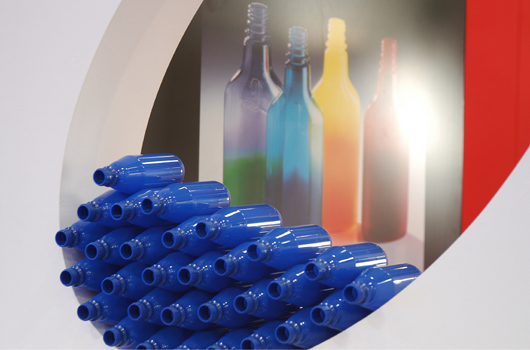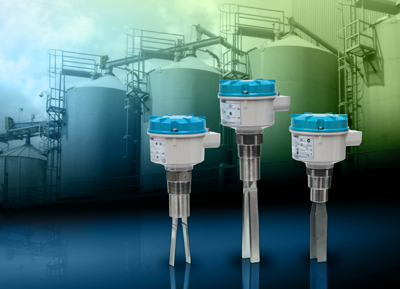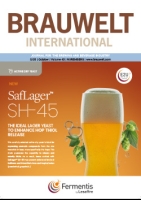Obviously, it’s not the water cascading down the Niagara Falls that finds its way into the bottles of the Niagara Bottling Co. But the choice of name was a clever one, symbolising as it does the power and purity of the American epitome for water as such. For Andrew Peykoff Sr., it was also instrumental in making the American dream of “milkman to millionaire” come true for himself and his family. Today, his son Andy Peykoff II is at the helm of the company, which with its corporate creed of high quality, low price, extraordinary service has boasted average annual growth rates of over 40 percent during the past ten years and is nowadays selling around five billion (5 000 000 000) fills a year.
The multiplicity of technologies reflects the revival and significance of membrane filtration. Membrane technology is increasingly the process of choice, also in the brewing industry, with the objective of achieving optimum product quality. This makes more demands on membranes. Their performance has to be controlled reliably. Taking an EU brewery as an example, the more stringent requirements applicable to the production processes and technical implementation of same will be illustrated.
Since drinktec 2005 the interest in aseptic filling continuously grows, with cold-aseptic processes proving more popular than hot fill and filling using cold sterilisation agents. drinktec 2009, which is taking place in Munich from 14 to 19 September 2009, brings together all relevant producers of cold-aseptic beverage filling technology at one exhibition site, giving visitors a fantastic opportunity to compare the two processes.
Sitrans LVS100 is used primarily for high or low level indication, and redundancy of continuous level systems as overfill or dry run protection. It is impervious to external vibrations, and the vibrating fork design ensures the sensing tines are kept clean for reduced maintenance. Sitrans LVS100 has a compact design that can be top-, side-, or angle-mounted. The rotating enclosure ensures easy installation and wiring, and can be easily connected to an alarm system or control room.
A new dimension of cold-aseptics: the Darguner Brewery is setting tougher yardsticks with its new PET-Asept line. It serves as a multifunctional line, alone handling four different product categories, several container sizes and a total of up to 30 different stock-keeping units. An experiment that’s succeeded. Despite frequent change-overs, sterility is always assured. Krones supplied the filling and packaging technology, the process section and the line documentation system as a turnkey job.
REAL MEN don’t eat Quiche, they don’t wear pyjama trousers in bed and they certainly don’t drink beer out of a glass. That’s what longneck bottles are there for. Ms Manners may have been offended by the sight of REAL MAN glugging his beer straight from the bottle, but since the two hardly ever move in the same circles, REAL MAN tended to get away with his less than posh nosh table manners. Not for much longer, apparently. South African Breweries is spending good money on TV commercials that have only one message: Eh dude, drink your Peroni out of a glass!
A “little bit of aseptics” or a “floating concept involving normal operation, cold preservation or UltraClean” cannot assure sustained compliance with the necessary standards that have to be met by microbiological processes, as well as with hygiene and aseptic requirements in aseptic cold filling. As the diversity of beverages is forcing up the standards applicable in hygienic and aseptic filling, it is necessary to revise acceptance criteria accordingly for the filling equipment involved.
You don’t anger the powers-that-be with impunity. Not in Georgia. Remember Prometheus? He stole the sacred fire from the god Zeus and gave it to mortals.
The “First Obermurtaler Brewing Cooperative” is one of the last well-known Austrian private breweries. The rapid growth the brewery has experienced over the past years (+ 52 percent since 1995) can be attributed, in part, to the packaging in cardboard 6 and 4 packs beloved all over the “Alpine Republic”. A new repacking system has led to growth and increased sales for the brewery.
Operational success is highly dependent on the quality and comprehensiveness of information that is available for the decision-making process. This applies all the more when company structure and the environment are subject to rapid change.
The first part of this article provides an overview of state-of-the-art of CO2 recovery. In the second part, a newly developed process is compared to established processes. Results from research and development of the new recovery process are presented. Pointers to assist in decisions relating to new investments are given.




